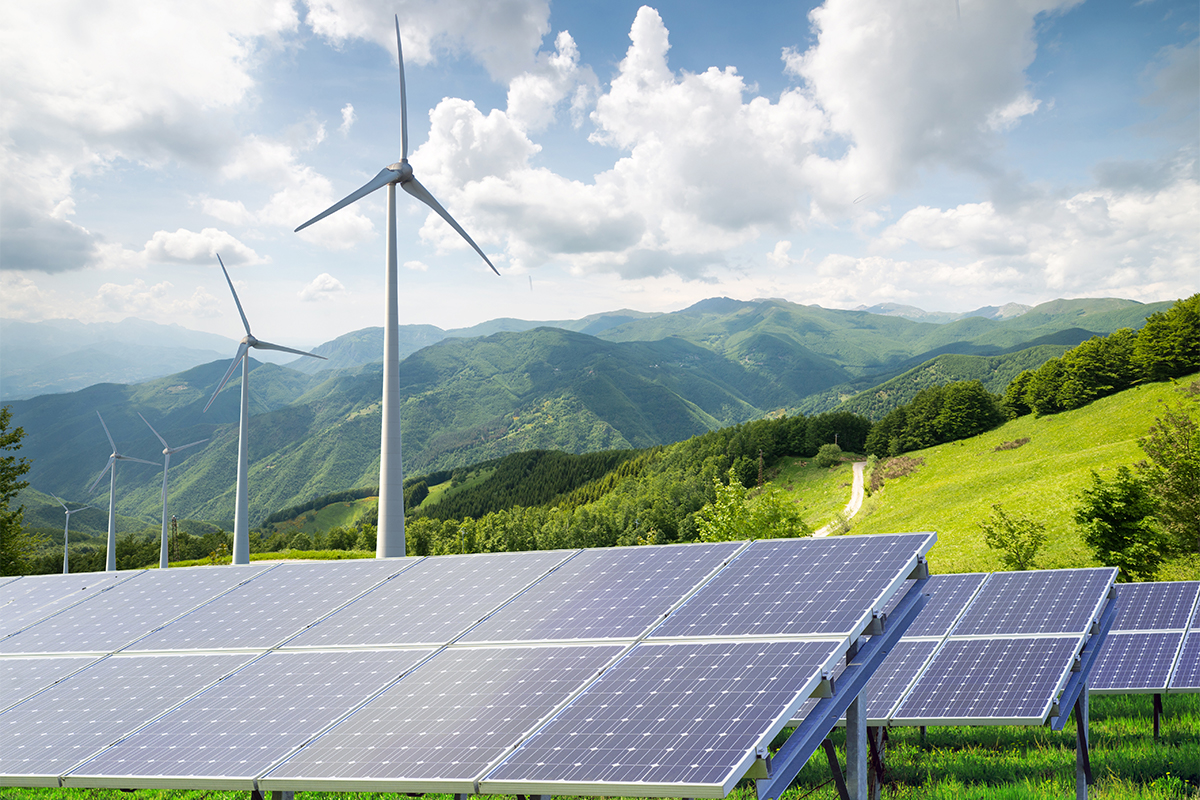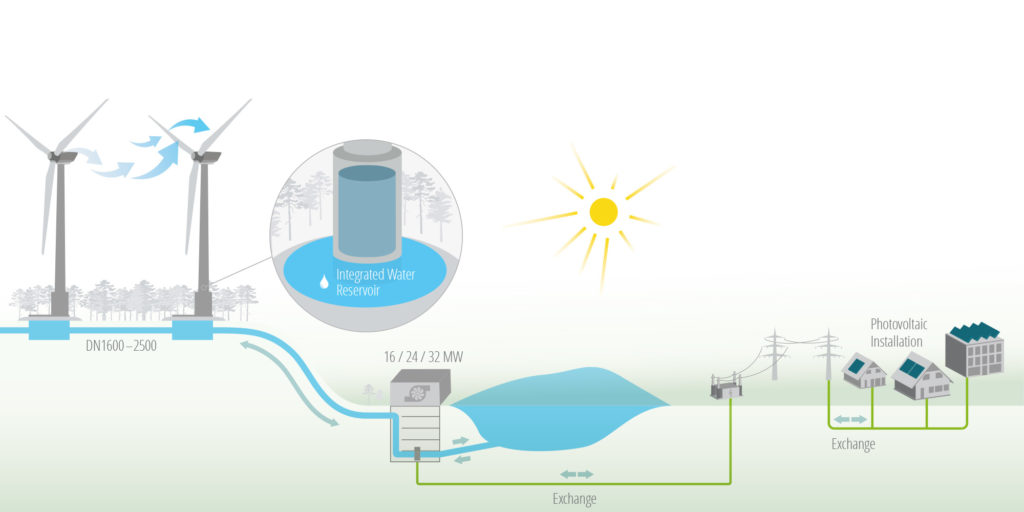The use of renewable energy sources has been gaining momentum in recent years, as the world moves towards more sustainable and eco-friendly forms of energy production. However, one of the main challenges with renewable energy sources such as solar and wind power is their intermittent nature. Hybrid renewable energy systems have emerged as a promising solution to address this challenge.
A hybrid renewable energy system is a combination of two or more renewable energy sources that work together to provide a stable and reliable supply of electricity. The most common hybrid renewable energy systems combine solar and wind power, as these two sources complement each other. Solar power is most abundant during the day, while wind power is strongest at night. By combining these two sources, a hybrid system can provide a more consistent and reliable supply of electricity.
There are many advantages to using hybrid renewable energy systems. First, they provide a more stable and reliable source of electricity than a single renewable energy source. This is because the combination of two or more sources helps to reduce the intermittent nature of renewable energy. Second, hybrid systems can be more cost-effective than relying on a single source of renewable energy. This is because different sources of renewable energy have different costs and efficiencies, and combining them can make the overall system more efficient and cost-effective. Finally, hybrid renewable energy systems may be more environmentally friendly than relying on non-renewable sources of energy. This is because they use renewable sources of energy that do not produce greenhouse gas emissions or other harmful pollutants.
One of the most common types of hybrid renewable energy systems is the solar-wind hybrid system. In this type of system, a combination of solar panels and wind turbines are used to generate electricity. During the day, when the sun is shining, solar panels generate electricity. Also, wind turbines can continue to generate electricity, because the wind is stronger at higher altitudes where solar panels don't block it. During the night, when the sun is not shining, wind turbines can provide a more consistent supply of electricity. By combining these two sources, a solar-wind hybrid system can provide a stable and reliable supply of electricity throughout the day and night.
Another type of hybrid renewable energy system is the hydro-wind hybrid system. In this type of system, a combination of hydroelectric power and wind power is used to generate electricity. Hydroelectric power is generated by using the flow of water to rotate turbines, while wind power is generated by using wind to rotate turbines. By combining these two sources, a hydro-wind hybrid system can provide a more consistent and reliable supply of electricity, as the flow of water is generally more consistent than that of wind.
The third type of hybrid renewable energy system is the solar-hydro hybrid system. In this type of system, a combination of solar power and hydroelectric power is used to generate electricity. During the day, when the sun is shining, solar panels generate electricity. Also, water in a hydroelectric dam can be pumped to a greater height, thereby storing energy for later use. When power is needed at night or on cloudy days, water can be released from the dam through turbines to generate electricity. By combining these two sources, a solar-hydro hybrid system can provide a more stable and reliable supply of electricity.
There are many challenges in implementing hybrid renewable energy systems. One of the main challenges is the initial cost of setting up the system. Hybrid renewable energy systems can be more expensive to install than a single renewable energy source. However, over time, the cost of energy production may become less than relying on a single source of renewable energy, as the system may become more efficient and cost-effective.
Another challenge is the complexity of the system. Hybrid renewable energy systems require careful planning and design to ensure that the different sources of energy work together effectively. This may involve integrating different types of technology and coordinating their operation to ensure a reliable supply of electricity. Maintenance and repair of hybrid renewable energy systems can also be more complex, as multiple sources of energy need to be monitored and serviced.
Another challenge is the availability of suitable locations for hybrid renewable energy systems. These systems often require specific geographic and weather conditions to be effective. For example, a solar-wind hybrid system requires both sunlight and wind, while a hydro-wind hybrid system requires access to flowing water and consistent wind. Finding a suitable location for these systems can be challenging and may require a significant investment in infrastructure.
Despite these challenges, the benefits of hybrid renewable energy systems make them an attractive option for many countries and businesses. For example, in India the Ministry of New and Renewable Energy has launched a program to encourage the development of hybrid renewable energy systems. The program provides financial incentives and technical support to developers and aims to increase the share of renewable energy in the country's energy mix.
In the business sector, many companies are investing in hybrid renewable energy systems as part of their sustainability strategies. For example, Microsoft has invested in a hydro-wind hybrid system in Ireland, which uses a combination of wind turbines and a hydroelectric pumped-storage system to provide electricity to its data centers. The system is expected to reduce the company's carbon emissions by more than 90,000 metric tons per year.
In conclusion, hybrid renewable energy systems are a promising solution to the challenge of intermittent renewable energy sources. By combining two or more sources of renewable energy, these systems can provide a more stable and reliable supply of electricity. Although there are challenges in implementing these systems, the benefits make them an attractive option for many countries and businesses looking to reduce their carbon footprint and move towards more sustainable forms of energy production. As technology and infrastructure continue to improve, we can expect to see more hybrid renewable energy systems being developed and implemented around the world.

.jpg)







0 comments:
Post a Comment